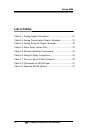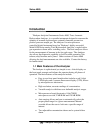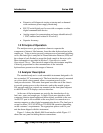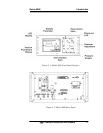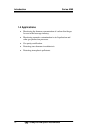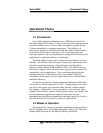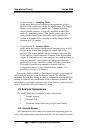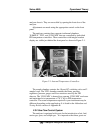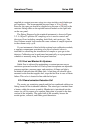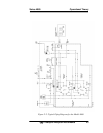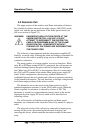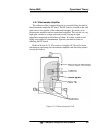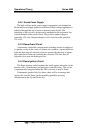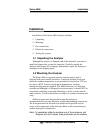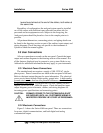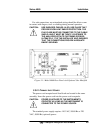
Operational Theory Series 4060
22 Teledyne Analytical Instruments
supplied at constant pressures using two stage stainless steel diaphragm
gas regulators. The recommended pressure range is 30 to 80 psig,
however, the span gas should be supplied at a pressure of 20 psig to the
restrictor fitting either on the optional autocal module or the span inlet
on the rear panel.
The Piping Diagram for the standard instrument is shown in Figure
2-2. A 10-port 2-position GC sampling valve is used to control and
direct gas flows including sampling, back flush, and carrier gas. The
fixed volume sample loop ensures the same volume of sample injection
in the column every cycle.
If your instrument is fitted with the optional auto calibration module,
a separate compartment containing of a pair of solenoid valves is
installed for controlling the introduction of sample or span gas to the
detector. Calibration can be performed automatically on a programmed
schedule or manually using the front panel interface.
2.3.3 Fuel and Blanket Air Systems
Stable flow is achieved by maintaining a constant pressure across
restrictors upstream from the cell. Each system incorporates an adjustable
pressure regulator, pressure gauge, and restrictor. A flame out light is
included to indicate when the flame fails. A fuel shut-off solenoid valve,
mounted on the line that supplies fuel, stops the fuel flow in case of flame
failure. This valve is located in line with the fuel port.
2.3.4 Flame Ionization Detection Cell
The carrier gas containing sample and fuel are combined within a tee
fitting located in the isothermal chamber. The mixed gas is emitted from
a burner within the sensor assembly. Blanket air is introduced into the
sensor (or cell) by means of a separate fitting that is located in the base
section of the assembly. The upper half of the assembly houses the
anode-igniter, collector, and flame guard thermistor.



